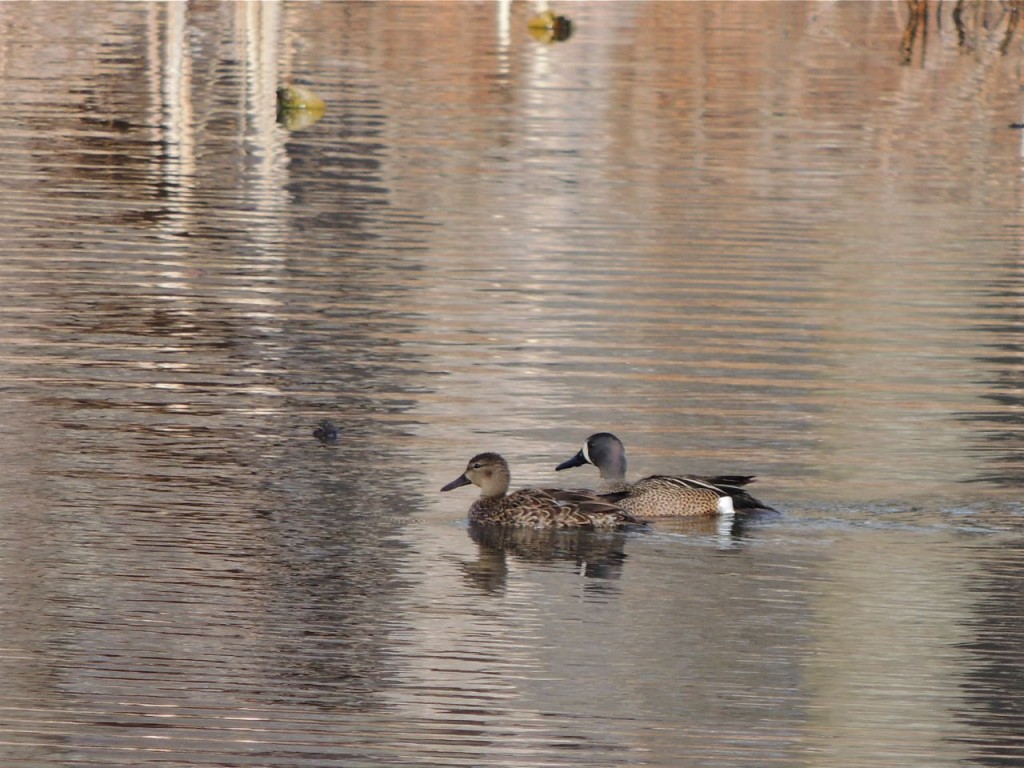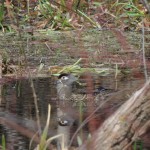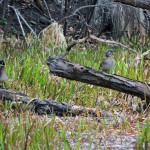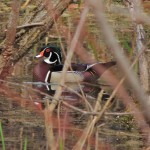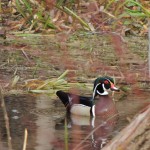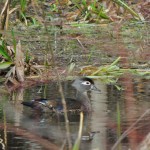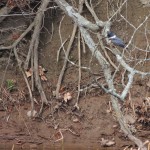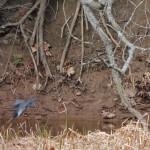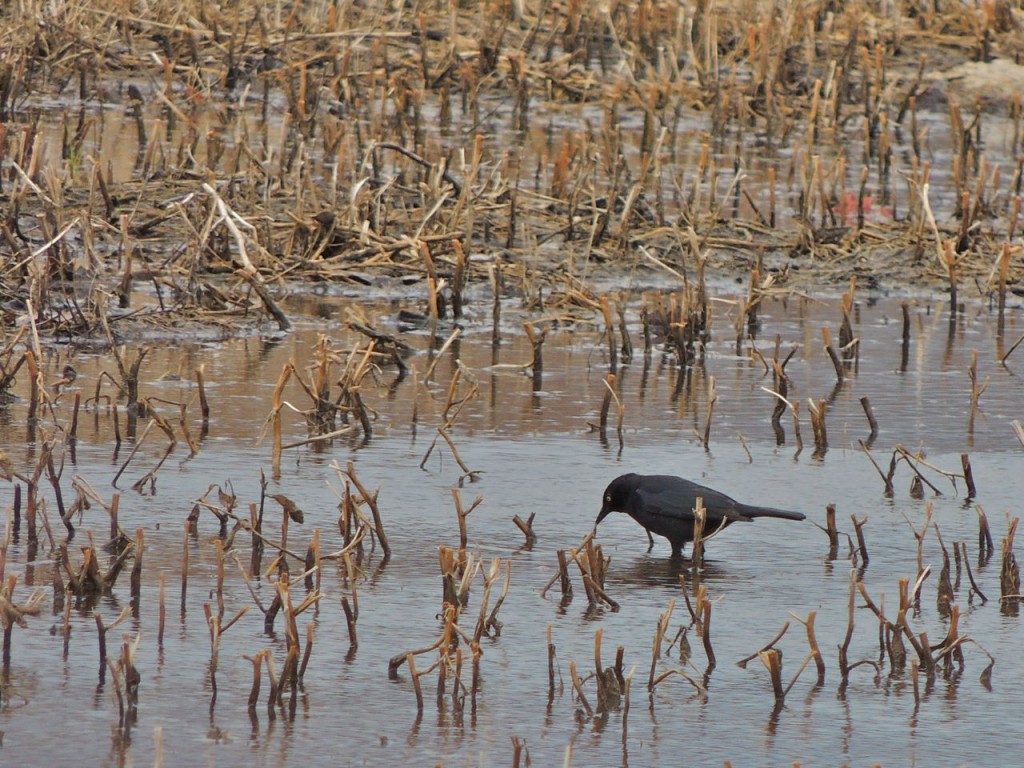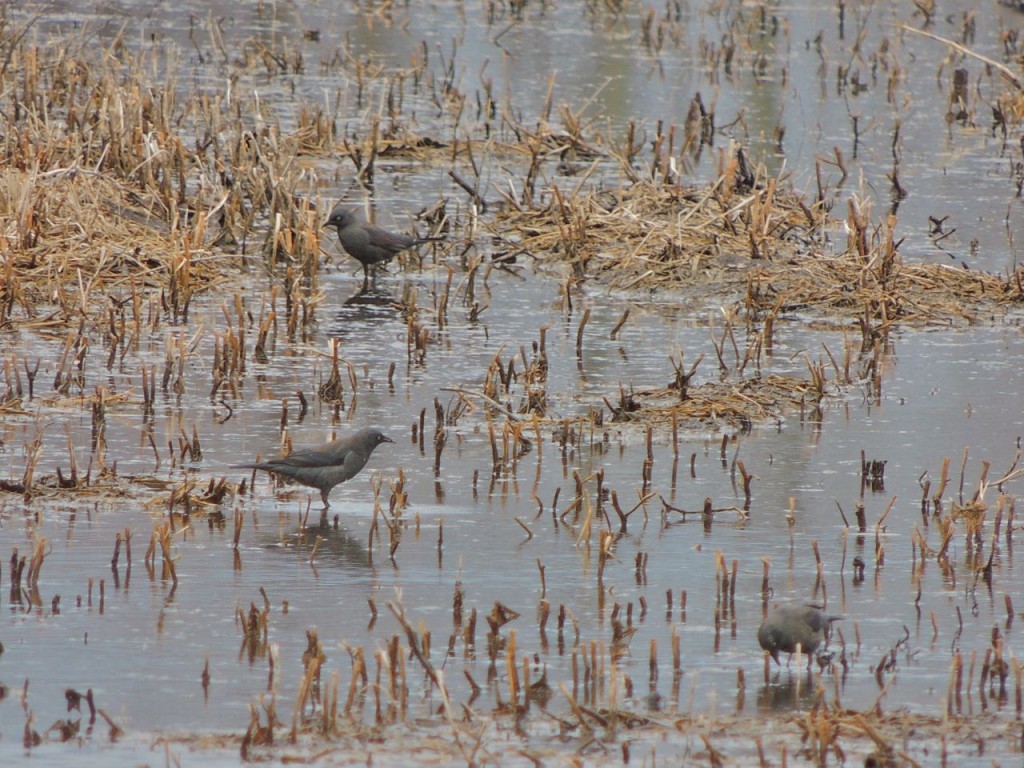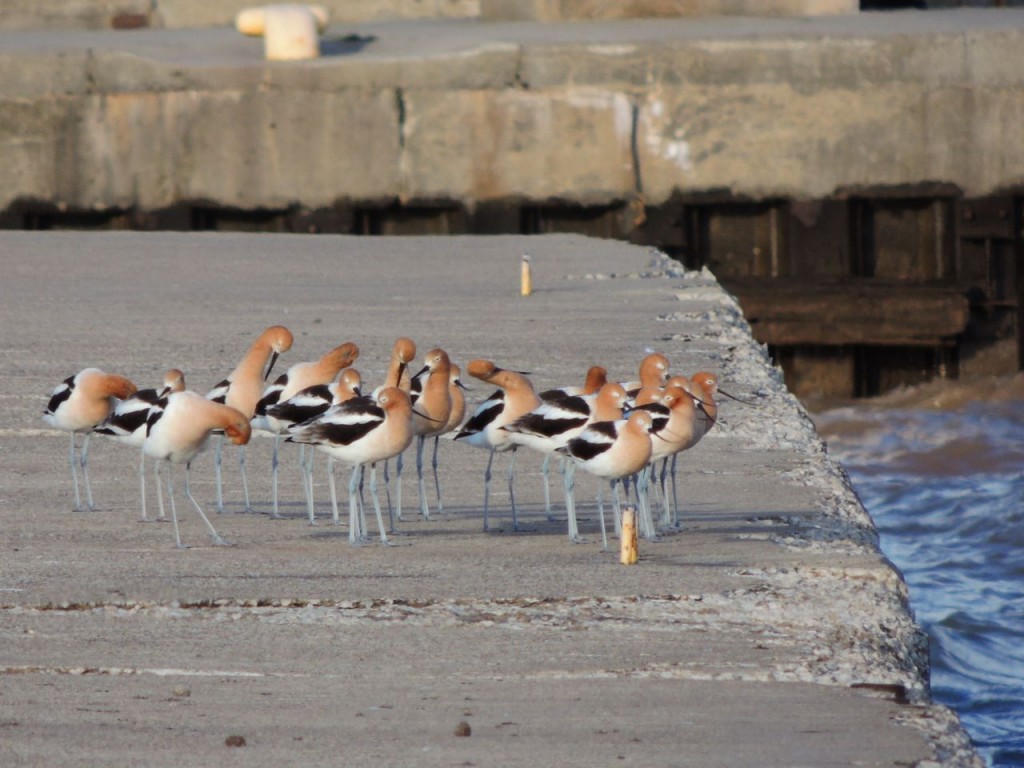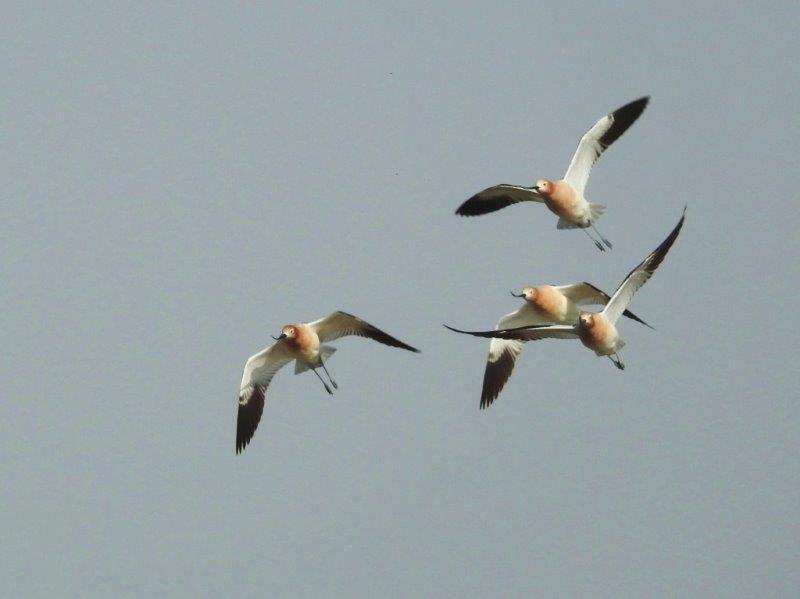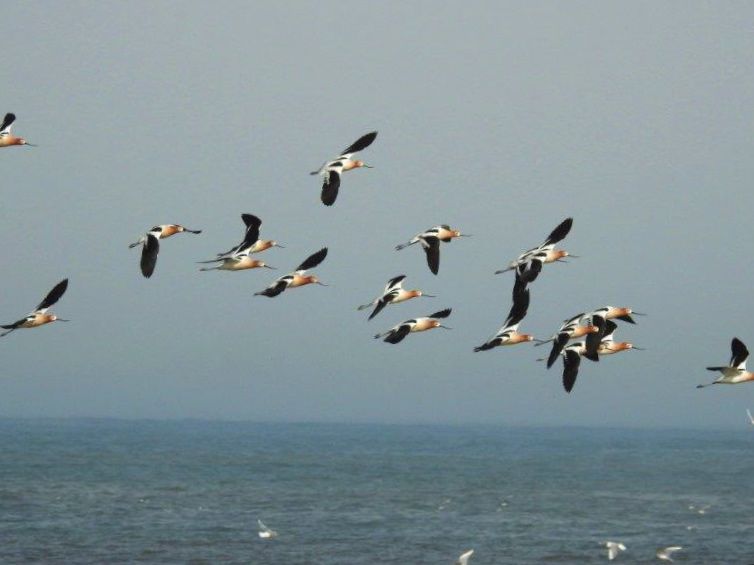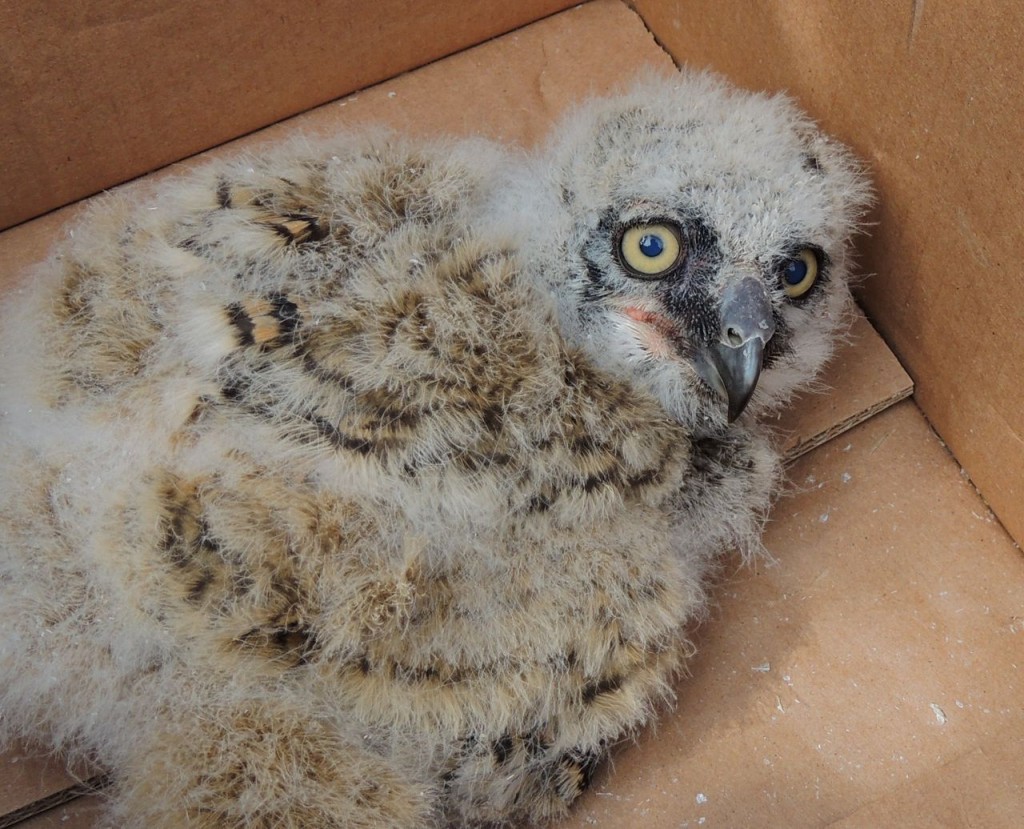29 April 2015. Fenelon Falls ON. I have, perhaps recklessly, volunteered to participate in a provincial effort to determine and monitor the population of Loggerhead Shrikes. Although not terribly rare in the southern half of the U.S.A. it is extremely uncommon in the northeast and the Loggerhead Shrike is considered endangered in Ontario. Loggerhead, by the way refers to its disproportionately large head, it might also be read as blockhead!
The project I signed on for entails visiting pre-determined sites in parts of the province that have appropriate shrike habitat. In my case, it meant a long day, nearly 500 kilometres of driving and in the end no shrikes at all. But actually finding one was not the only purpose, the first step is to establish just what cohort of species uses the same habitat, so my day’s efforts were as much about learning what is there as finding a shrike; indeed I had a low expectation of finding a shrike at all.
This was the first significantly warm day of the year and it’s starting to look as though it’s going to stay that way – more or less. The assigned sites were still reeling from the battering of winter, there was scarcely a hint of green anywhere, and although we heard a Brown Thrasher and several Eastern Meadowlarks singing, and saw Tree Swallows and a pair of Eastern Bluebirds investigating nesting boxes, it was generally rather quiet.
This was the right habitat for and we kept hoping to find Grasshopper, Vesper or Clay-colored Sparrows but no such luck; maybe it was still a bit too early. Several Savannah Sparrows kept us entertained though and as the shot below shows they’re rather pretty in their own right.

As the day wore on, my companion Eric and I debated the Bird of the Day. At first I was all for an exuberant Brown Thrasher seen and heard working the perimeter of its chosen territory and marking it with long performances of its rich double-phrase song. But later a really hard to make out Upland Sandpiper ended up being my Bird of the Day. Upland Sandpipers are one of those species that has a special place in my heart. There’s something incongruous about them: they’re built like a shorebird, like a dowitcher or a yellowlegs. But instead of wandering around in the muddy edges of lakes and estuaries like any decent shorebird, they make their home in expansive grassy fields. No doubt they find plenty to eat, but at some point their ancestors gave up shorelines and well, here they are chasing grasshoppers and the like; just a little odd.
Eric’s day seemed to be missing a piece until much later, on our way home, we found a wonderful Rough-legged Hawk. I take credit for spotting it a long way away perched atop a small cedar tree. Like many birds, Rough-legged Hawks seem to be keenly aware of the slightest potential threats and although we were perhaps half a kilometer away, when we got out of the car it grew uneasy and took flight. But once airborne it circled around allowing us to enjoy long looks at its strong markings: a broad terminal tail band, black belly and dark underwings. That was Bird of the Day for Eric. We could agree to differ; I still preferred the Upland Sandpiper.

